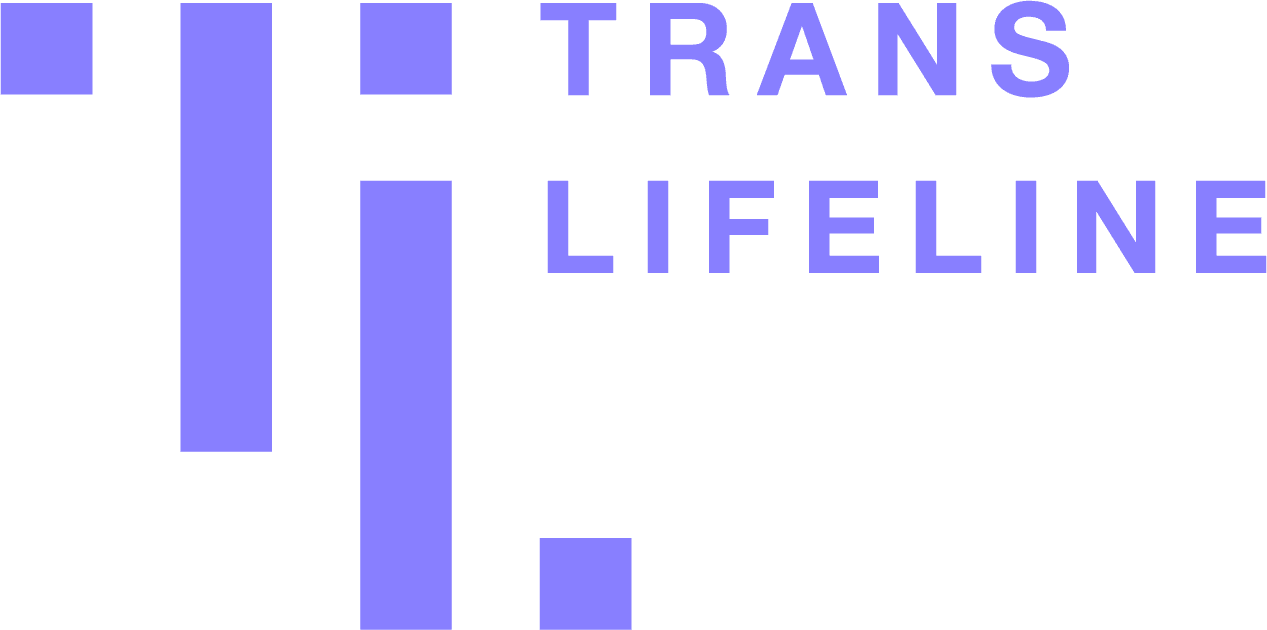Resources
-
Gender Congruence
The state of feeling aligned and/or comfortable with the relationship between one’s gender identity and body, gender expression, and/or gender role. Miguel felt a greater sense of gender congruence when binding and wearing loose-fitting clothing, as doing so allowed their gender expression to align more closely with their transmasculine identity.
-
Gender Dissonance
The emotional distress associated with the cognitive dissonance between an individual’s assigned sex and gender, body, and/or social experiences, and their internal, personal experience of gender. May be used as a less clinical and/or pathologizing term for “gender dysphoria” (see: gender dysphoria, DSM-5).
-
Gender Dysphoria
A clinical term used to describe the psychological distress resulting from the dissonance between a transgender person’s assigned sex, body, and/or social experiences and their internal experience of gender. The phrase may refer to DSM-5 criteria for medical diagnosis. It is important to note that not all transgender people suffer from gender dysphoria and that…
-
Gender Expression
The external manifestation of a person’s gender identity, which may or may not conform to gender stereotypes and may be expressed through clothing, appearance, behavior, and/or prosthetics. Gender expression or presentation may be masculine, feminine, androgynous, gender-neutral, etc. Jaime’s gender expression was traditionally feminine; they liked to wear dresses, high heels, and make-up.
-
Gender Identity
An individual’s innate, internal conception of being male, female, both, neither, or any combination thereof. Transgender people have a gender identity that is different than the one assigned to them at birth.
-
Gender Marker
An abbreviation (usually M or F) denoting a person’s gender on legal documents and government-issued identification forms. Gender markers can be changed from one binary gender to the other (Wilson, 2014). However, some United States jurisdictions allow non-binary gender markers on IDs and driver’s licenses, represented by the letter “X.” Changing a gender marker on…
-
Gender Non-Conforming
Refers to a person’s appearance or behavior that does not conform to society’s gender norms. Not every person who is gender non-conforming is transgender or gender-expansive, although the two groups are often combined
-
Gender Norm
An arbitrary social standard or expectation based on an individual’s perceived gender (Wilson, 2014). Gender norms are rarely static and vary significantly over time and among cultures. In the early 1900s, some gender norms were vastly different than the ones we observe today—for example, in the United States, male-assigned babies commonly wore pink clothing, while…

